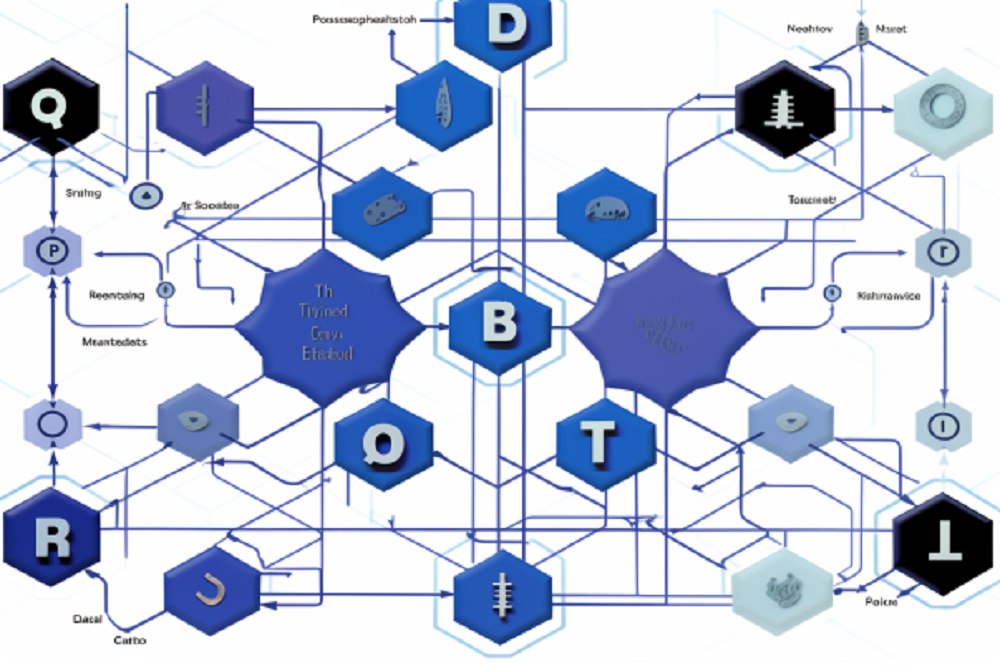As you venture into the world of Bitcoin and cryptocurrencies, one tool you’ll frequently encounter is the “Block Explorer.” Initially, the plethora of data in Blockchain Explorers might seem overwhelming.
Yet, understanding and mastering this tool is crucial for anyone involved in the cryptocurrency ecosystem. This guide is designed to demystify what a Blockchain Explorer, or Block Explorer, is, explain its workings, and demonstrate how to use these tools effectively.
Understanding Cryptocurrencies and Blockchain Technology
Before we delve into the specifics of Blockchain Explorers, it’s important to grasp some basics about cryptocurrencies and Blockchain technology. Cryptocurrencies such as Bitcoin, Ethereum, Litecoin, Monero, and various altcoins depend on blockchain technology to carry out transactions. Blockchain is a revolutionary form of encryption technology.
It’s an ever-growing series of blocks that contain records of transaction data. Known for its immutability, distributed structure, decentralization, and strong security, the blockchain acts as a transparent, incorruptible digital ledger.
This openness allows anyone with internet access to verify the balance of any public address and examine transaction details. The gateway to accessing this information? Block explorers.
What is a Block Explorer?
A Block Explorer is essentially an online tool or website that lets you examine various aspects of blockchain blocks. It’s comparable to a specialized search engine designed for browsing blockchain networks. With a block explorer, you delve into wallet addresses, scrutinize transaction data, observe network hashrate, and access other pivotal information on the blockchain.
Think of it as the web browser for blockchain. Just as you navigate the internet using browsers, block explorers enable you to traverse the vastness of blockchain. Each cryptocurrency operating on its distinct blockchain has a corresponding block explorer.
For instance, a Bitcoin block explorer cannot be used for exploring Ethereum’s or Litecoin’s blockchain. Ethereum’s transactions and data are accessed through an Ethereum block explorer, and similarly, Litecoin’s network requires a Litecoin explorer.
Diverse Blockchain Explorers
Like the variety of web browsers and search engines for the internet, numerous blockchain explorers are available for different cryptocurrencies. These explorers may be officially developed, community-driven, or maintained by various organizations.
Popular sites like blockexplorer.com, blockchain.com, blockcypher.com, mempool.space, and btc.com are among the most trusted tools for delving into the Bitcoin blockchain, offering both real-time and historical data.
While these examples are well-known, the Bitcoin network features many other block explorers. Beyond simple block exploration, many of these websites offer additional utilities such as wallets, market data, stats, widgets, and API services. However, our guide will focus primarily on their primary function – exploring the blockchain.
How to Use a Block Explorer?
To demonstrate, let’s take a closer look at various Bitcoin block explorers. Each explorer presents similar information, and once you understand these data points, you’ll be able to navigate block explorers of other cryptocurrencies easily. Here are some common functionalities you might encounter:
- Latest Blocks and Transactions: On most block explorer homepages, you’ll find a list of the most recent blocks and transactions. This gives you a real-time view of the latest activities on the blockchain.
- Recent Blocks and Transactions: When miners successfully solve a block, it is added to the blockchain. This update is reflected in real-time on block explorers. The displayed information typically includes block height, transaction hashes, the age of the block, the total number of transactions within it, its size, the block reward, and the entity that mined or relayed the block.
Block Details and Transaction Histories
The block and transaction feeds displayed on the homepage are consistent across various explorers, but the depth of information varies. To explore a specific block in more detail, you can either click on the block in the feed or enter its height number in the explorer’s search bar.
Upon selecting a block, the explorer presents comprehensive information about it. Most explorers will show a summary of the block along with detailed transaction data.
The summary typically includes the number of transactions, estimated transaction volume, transaction fees, the total amount of coins transacted, block reward, weight, size, and version, details about the miner, the timestamp of mining, nonce, Merkle Root, and hashes of the current, previous, and next block.
Following the summary, you’ll find detailed information about each individual transaction that occurred in that block. This section displays Bitcoin addresses and the transaction IDs for each transaction. By examining this information, you can clearly see the amount of Bitcoin transacted, which addresses received it, and where it was sent from.
Final Thought
In summary, Block Explorers are essential for anyone navigating the blockchain. They provide clear insights into transactions and the workings of various cryptocurrencies.
